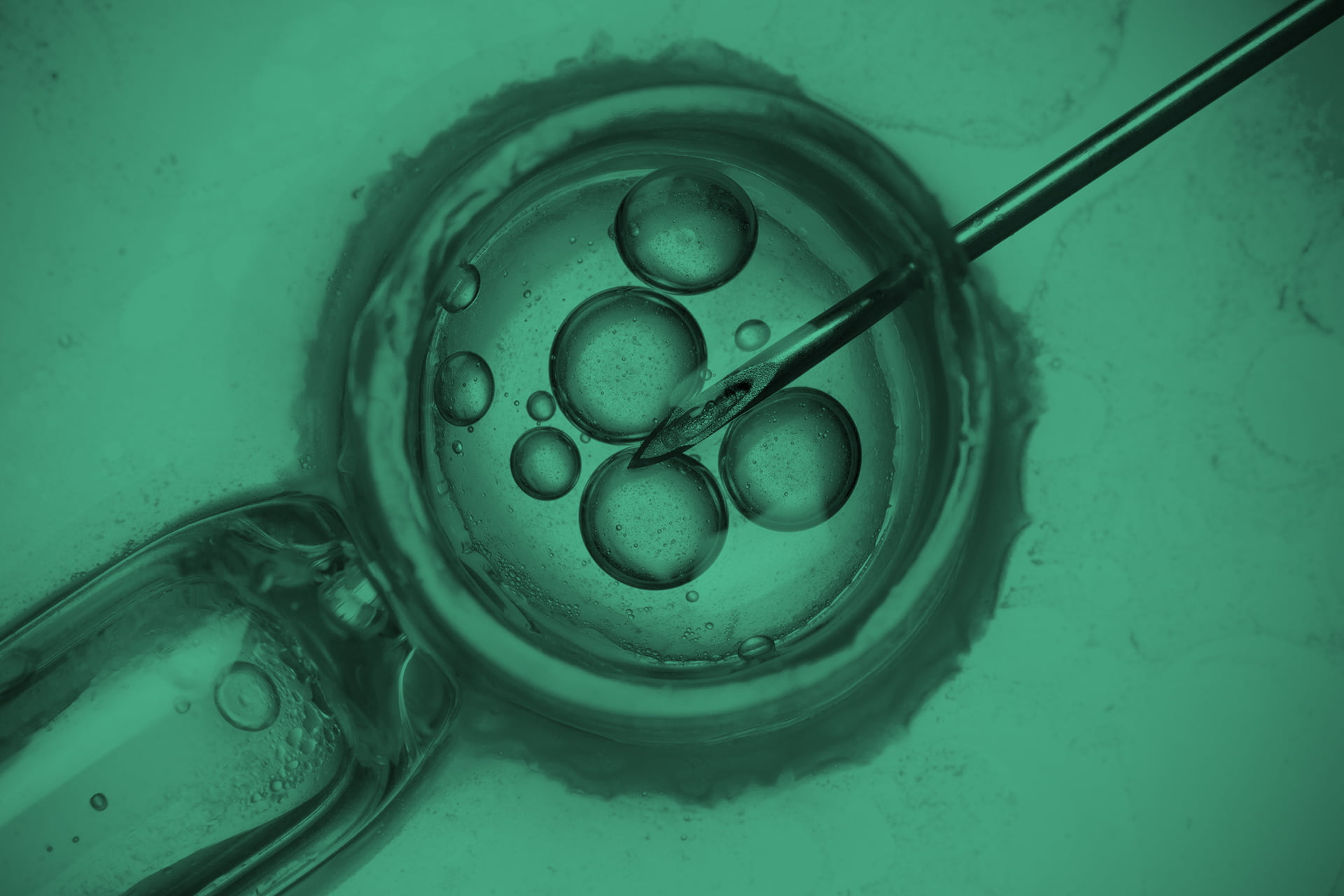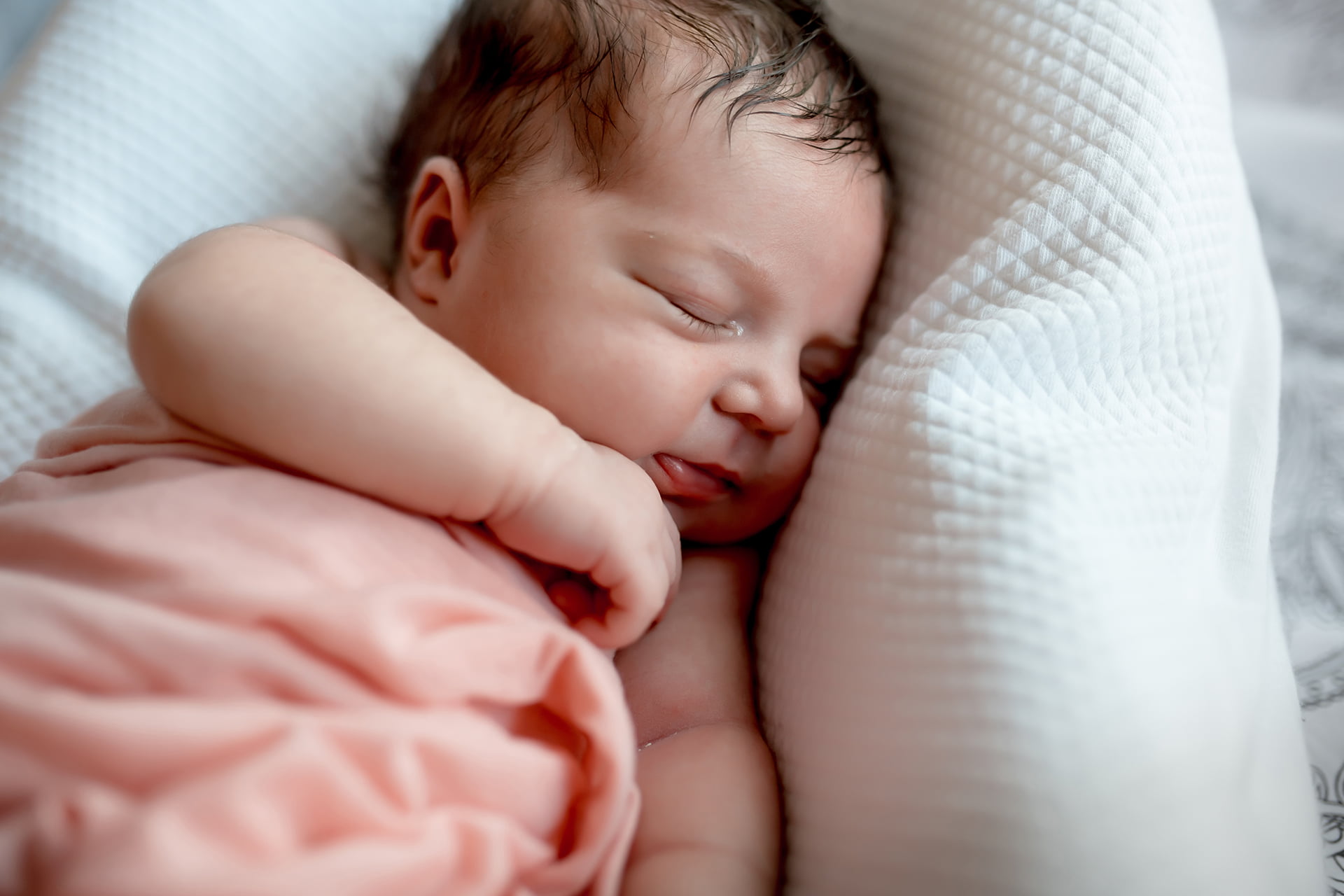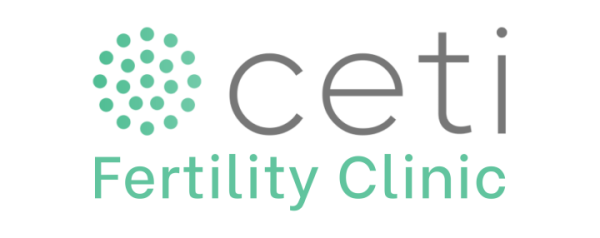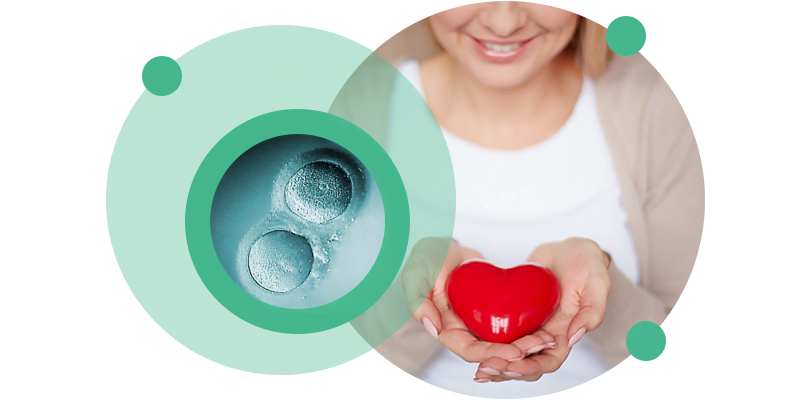Oocyte Donation
In 2012, CETI started an Oocyte Donation Program to recruit and select oocyte donors. This is a highly selective and rigorous process.
Donation is a voluntary and altruistic process, however, Portuguese law determines “compensation for reimbursement of expenses incurred, or for compensation for losses resulting from the donation”.
Choosing a donor is a rigorous process that takes into account the phenotypic characteristics of the recipient (eye color, hair color/type, height, weight and blood group) so that they are as similar as possible, as well as the study of infections and genetics for autosomal recessive diseases.
About Oocyte Donation
Oocytes or eggs are the female germ cells that are released by the follicle (“pouch” of liquid that grows in the ovary in each cycle and inside which the oocyte is located) at each ovulation.
These cells can later be fertilized by a sperm, resulting in an embryo that can lead to pregnancy if it implants in the uterus.
At CETI, an oocyte donation is, first and foremost, an act of altruism that can help women or couples to fulfill their dream of having a child who would otherwise not be able to do so due to the absence of eggs in the female partner.
In the case of oocyte donation, we are talking about a germ cell, or female gamete, which will still have to be fertilized by the sperm of the male partner or a donor, using a medically assisted reproduction (MAP) technique, to result in an embryo that, once placed in the uterus, can result in pregnancy. As for embryo donation, this involves donating the product of the fertilization of an oocyte by a sperm, constituting a new entity in evolution.
It is advisable to opt for oocyte donation whenever the woman is unable to become pregnant with her own oocytes due to the absence or anomaly of these gametes.
In situations of genetic disease, this technique can also be used to prevent the transmission of the disease to offspring.
No. Although pregnancy after the age of 40 is less likely than at younger ages due to the lower number and quality of oocytes in the ovary, it is possible for an oocyte released during ovulation, or obtained for treatment, to be fertilized and result in a normal pregnancy.
The donor must be between 18 and 34 years old, healthy and have no history of sexually transmitted diseases, genetic diseases or other diseases. They must also be physically and psychologically fit to be able to donate their oocytes.
No. The donor must remain anonymous in relation to the recipient and vice versa. Anonymity does not apply to the individual born as a result of this process, if they are aware of this and at the time they reach adulthood.
Yes. During menopause, although the ovary no longer “functions” and therefore no longer releases an egg, the uterus can, with hormonal medication, be prepared to receive an embryo and maintain a pregnancy to term.
No. As explained in point 7, the donor must remain anonymous in relation to the recipient and vice versa.
Law No. 58/2017, of July 25 – Article 10 – Donation of sperm, oocytes and embryos
1 – Oocytes, sperm or embryos donated by third parties may be used when, in view of the objectively available medical-scientific knowledge, pregnancy or pregnancy without serious genetic disease cannot be achieved through the use of any technique that uses the beneficiaries’ gametes and provided that effective conditions are ensured to guarantee the quality of the gametes.
2 – Donors cannot be considered as parents of the child to be born.




Frequently Asked Questions
After a careful analysis and selection carried out by CETI in choosing a donor, the recipient woman begins treatment to prepare the endometrium and, later, receive the embryos.
The preparation of the endometrium is synchronized with the ovarian stimulation of the donor, whose oocytes are collected and fertilized with the sperm of the male member of the couple.

